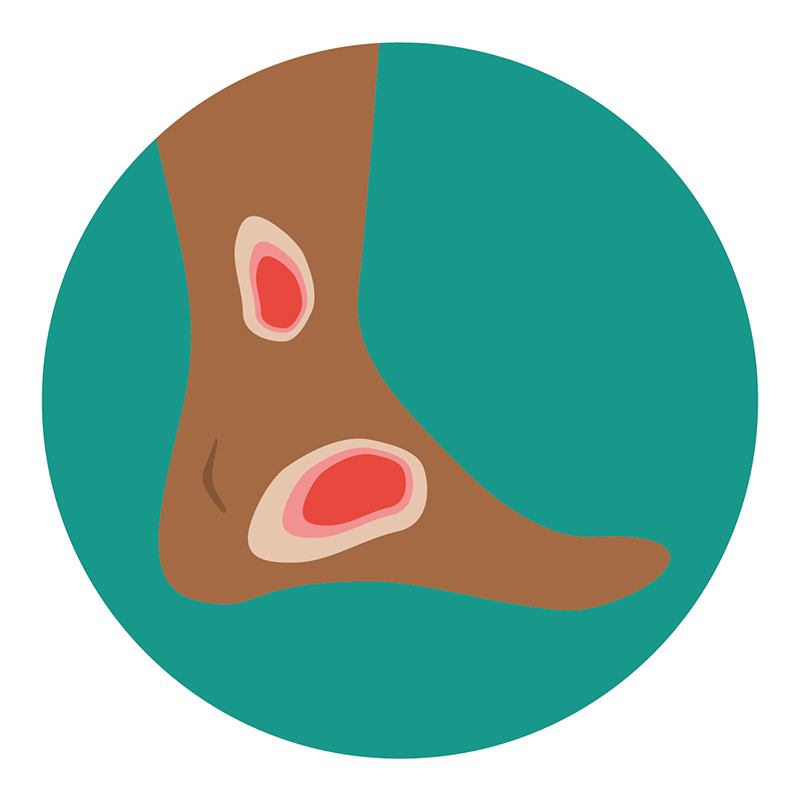
Buruli ulcer is a chronic debilitating disease that mainly affects the skin and sometimes bones. Buruli ulcer is caused by Mycobacterium ulcerans and belongs to the family of bacteria that causes tuberculosis and leprosy. The exact mode of transmission to humans remains unknown, but stagnant or slowly moving rivers and ponds are the main reservoirs of the bacterium and biting aquatic insects may play a role in transmission. The organism produces a unique toxin – mycolactone – that causes the damage to the skin. Early diagnosis and treatment are crucial to minimizing morbidity, costs and prevent long-term disability.
For full information details please refer to the WHO fact sheets: